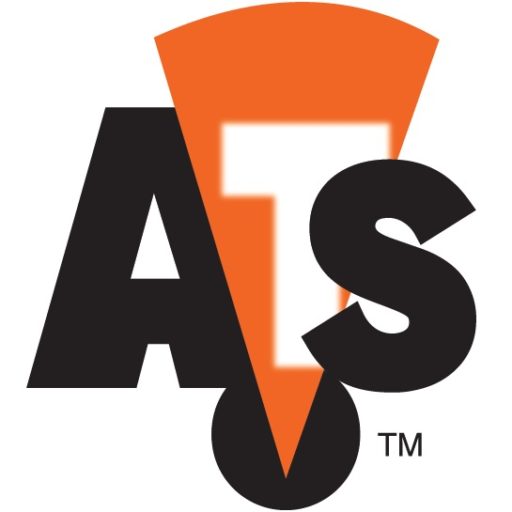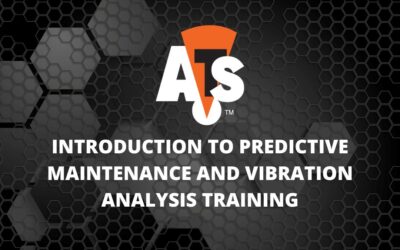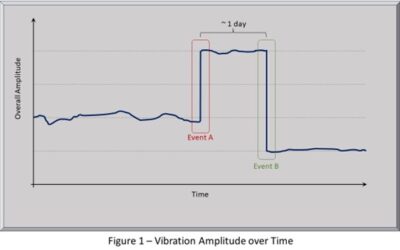Vibration analysis is one of the most important tools in predictive maintenance (PdM). While PdM strategies and approaches vary between different facilities, processes, and cultures, vibration analysis should at least be a part of your reliability strategy. If you are new to vibration analysis or are looking at ways to improve your plants reliability, this post will give you a brief overview of what vibration analysis is and why it’s so beneficial.
Basics
On a very basic level, vibration analysis allows you to understand the state or “health” of your rotating assets. Understanding this allows for tasks to be completed before a failure occurs. These tasks can vary, but are typically done to either prolong the effective life of the unit or to replace it before it causes further damage or a costly unplanned shutdown. Depending on the types of other predictive and/or preventive tasks that you’re currently employing, a walk around vibration route can have other benefits also. You’ll be amazed at what you discover about your plant if you walk the vibration route, from safety hazards to wasted or damaged product. Not to mention the little things that can be observed and added to the vibration notes that can be helpful in troubleshooting a unit. Little things like how an area smells, how a unit feels, or how the sound has changed from the last collection can all be helpful.
Data
When it comes to a vibration program, quality data and expert analysis is critical. Proper data collection techniques should be emphasized and enforced at all times, to avoid any confusion during analysis. It would also not be wise to make the serious investment in beginning a vibe program without addressing the need for a high quality data analyst or contractor to provide that key component. With that in mind, what types of failure modes can an experienced analyst find in the data?
Failure Modes
- Unbalance
- Eccentric Rotor
- Bent Shaft
- Misalignment
- Mechanical looseness
- Structural looseness
- Bearing defects
- Resonance
- Gear defects
- Rotor problems
- Electrical problems
- Belt drive problems
- Soft foot
- Improper lubrication
These are just a few of the issues that can be found in vibration data. Knowing the failure mode is critical, if not the most critical piece of the puzzle. However, there’s at least one more piece that is necessary to understand the condition of the asset before any repairs should be scheduled.
Trending
Analysis on a single data set is simply diagnostic, not predictive. While there’s nothing wrong with performing diagnostic tests, they do not provide the depth of information that proper trending does. Proper trending should allow for consistent collection over a period of time, long enough to establish a baseline for that particular unit. Let’s say you see a defect frequency in your data, but you only have one data set. How do you know the rate of progression for that failure mode? You know it’s only a matter of time until that failure takes the unit down, but how severe is it right NOW? How long do you have to make the proper repairs or order a new unit? The key is trending.
Once you’ve identified the failure mode and established the rate of failure, you can begin making the correct plan of action to address the confirmed issue at the correct time. When these two things come together in a vibration program, the results can be extremely impressive. Combine a quality vibration program with world class maintenance and you can expect to see decreases in maintenance expenditures and increases in asset/plant uptime. Either one of those successes should bring some attention and support to your vibration program. One step closer to a more reliable plant…






0 Comments